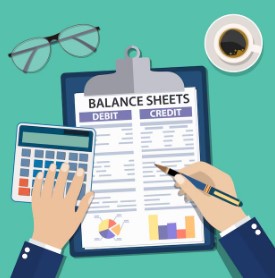
Introduction of the Balance Sheet Statement
Getting to Know the Balance Sheet Statement: Introduction of the Balance Sheet Statement
A Balance Sheet is one of the most important financial documents because it shows how much money a company has at a certain point in time. In general, it has three main parts:
Assets
That which the business owns or controls, like cash, investments, accounts payable, inventory, property, plant, and equipment (PP&E), and things that can't be seen or touched, like trademarks or patents.Liabilities
These are the bills that the company owes, like loans, bonds, accounts payable, and more.Equity
This is the part of the company's assets that is left over after its debts are paid off. It is also called shareholders' equity or net worth. It includes things like common stock, earnings that are kept, and extra cash that has been paid in.
The balance sheet equation is: Assets = Liabilities + Equity
With its list of assets, liabilities, and equity, a balance sheet makes it easy to see what a business owns, what it pays, and how much it is worth. Investors, creditors, and analysts need this knowledge in order to judge a company's financial health and make smart choices.
|
Table of Contents: Getting to Know the Balance Sheet Statement |



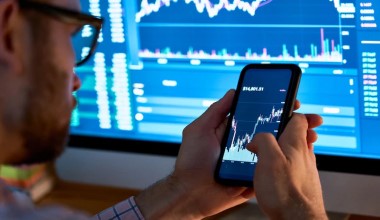

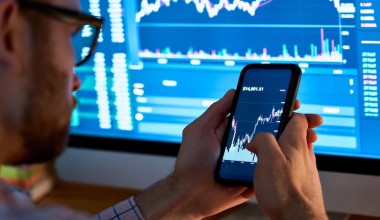

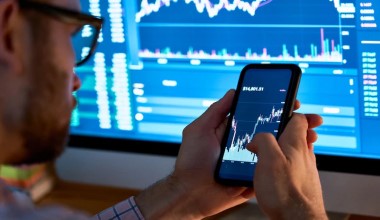

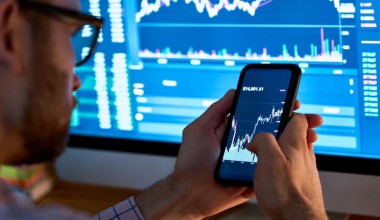
Post Comment